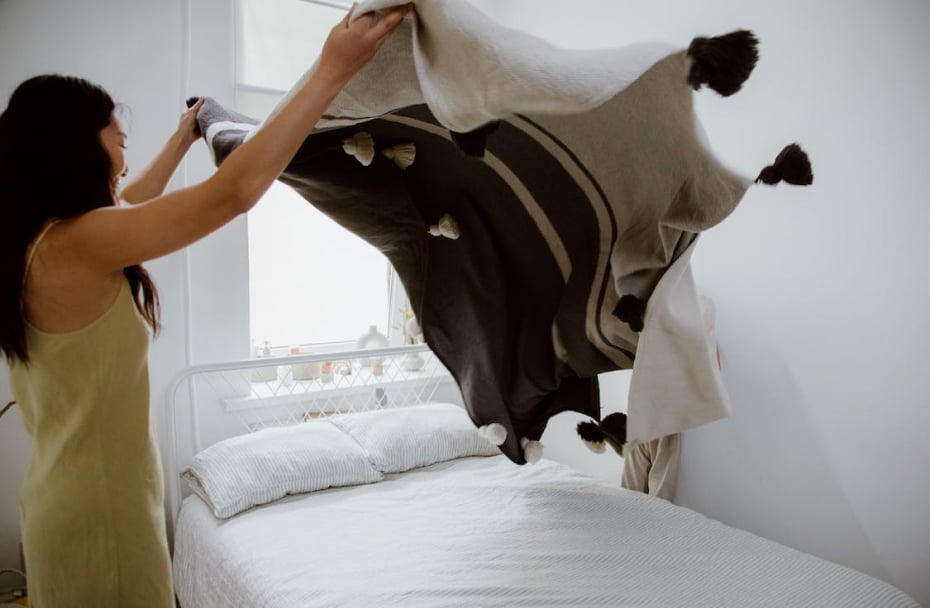Ensuring a good night's sleep is crucial for sleepers of all ages, but it’s particularly important for growing children. As a child's brain rapidly develops, quality sleep becomes essential. Unfortunately, many children do not obtain enough restorative sleep.
Several factors contribute to poor sleep in children, with one of the most common being an uncomfortable or unsuitable kids mattress. If a child frequently wakes up during the night or struggles to fall asleep, an uncomfortable kids bed may hinder them from achieving the deep, restorative sleep they require. So, if you are concerned about your child's sleep quality, addressing their mattress should be one of the first things you look at.
When selecting the best kids mattress, several key factors should be kept in mind. Firstly, consider your child's age and stage of development. For instance, the mattress needs of a toddler differ from those of an older child or teenager.
Additionally, take into account any health conditions or allergies your child may have that might require a specific type of mattress.
In general, kids mattresses should be cheaper than a mattress you would buy for yourself, but there are higher and lower quality mattresses that you can consider. Luxury beds for kids may require a higher upfront investment but offer longevity and superior support for growing bodies. An affordable kids mattress might not have the same features, or last as long, but kids typically grow out of their beds after only a few years - so it’s worth considering the different justifications for both.
What is the best type of mattress for kids?
Each age group is different, but we’d recommend that foam mattresses typically rank as the best choice for toddlers. Kids memory foam mattresses are soft, comfortable, and conform to your child's body, providing optimal support and preventing the development of too much pressure. Plus, foam mattresses are reasonably priced, making them an excellent budget mattress for kids.
Hybrid and foam mattresses are typically recommended for preteens. They offer good support and exceptional durability while still remaining affordable. Preteens are beginning to grow at a much faster rate, so keep in mind when choosing the size of the mattress to account for their growing bodies.
For teenagers, memory foam, innerspring or hybrid mattresses are often regarded as the best options. Both types offer excellent support and exceptional comfort. Additionally, they are available in various shapes and sizes, allowing you to find the perfect fit for your teenager's needs. Innerspring and hybrid mattresses are typically a bit more expensive, but at this point in your child’s life, a full mattress for kids or a twin mattress for kids will work.
How to choose a mattress for a child
When selecting the best mattress for kids, it's important to consider a few key factors:
Comfort is crucial. Look for a mattress that provides a comfortable sleeping surface for your child, especially if they spend a significant amount of time in bed. Find a balance between not being too soft or too hard and ensure it offers proper support for their growing body.
Durability is another important aspect to think about. Children tend to be active, so you'll want a bed for kids that can withstand wear and tear over time. Materials such as foam, latex, and coils are known for their durability and can be a good choice for a long-lasting kids mattress.
Since kids grow quickly, selecting the right size is essential. Ensure the mattress is suitable for their current body shape, allowing room for growth if you want it to last longer.
Budget is another factor to take into account. Mattress prices can vary based on quality, size and materials. Additionally, keep in mind that children grow rapidly, especially during their early years. This growth spurt might mean mattress replacements every few years.






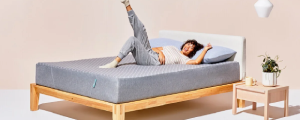

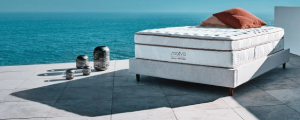

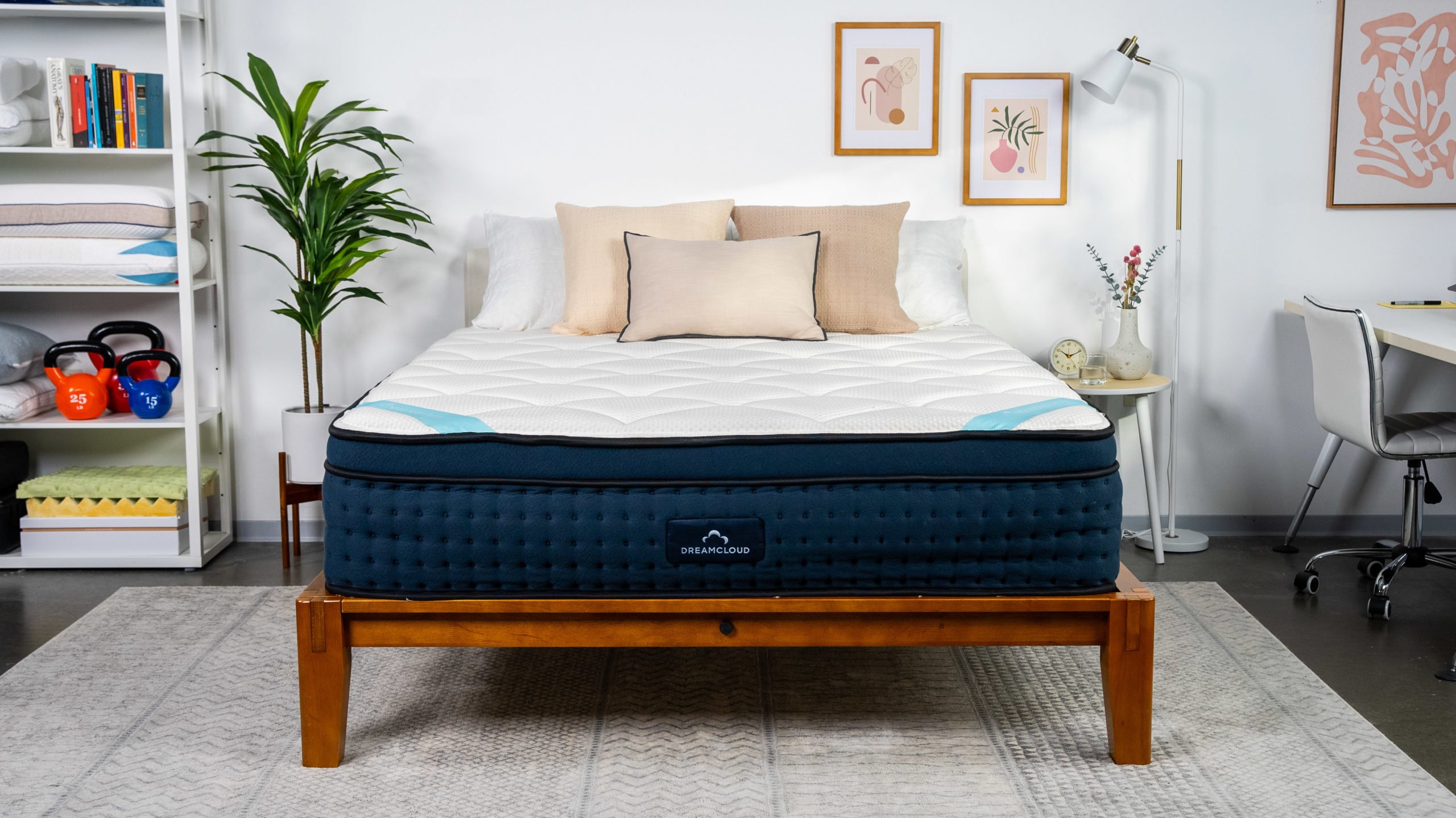

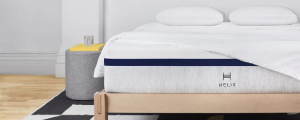



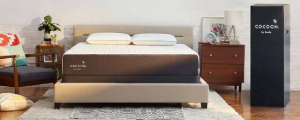

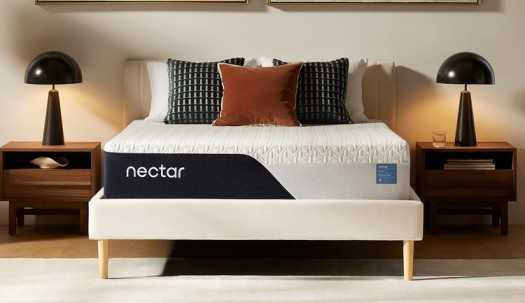


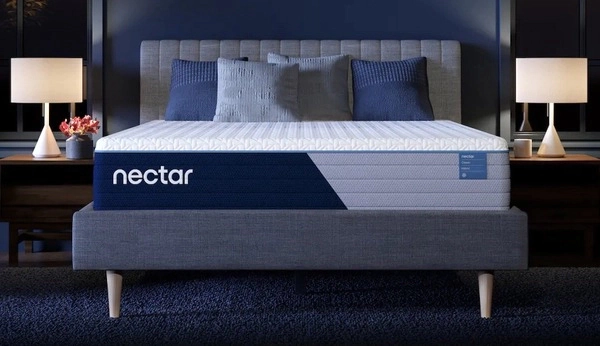
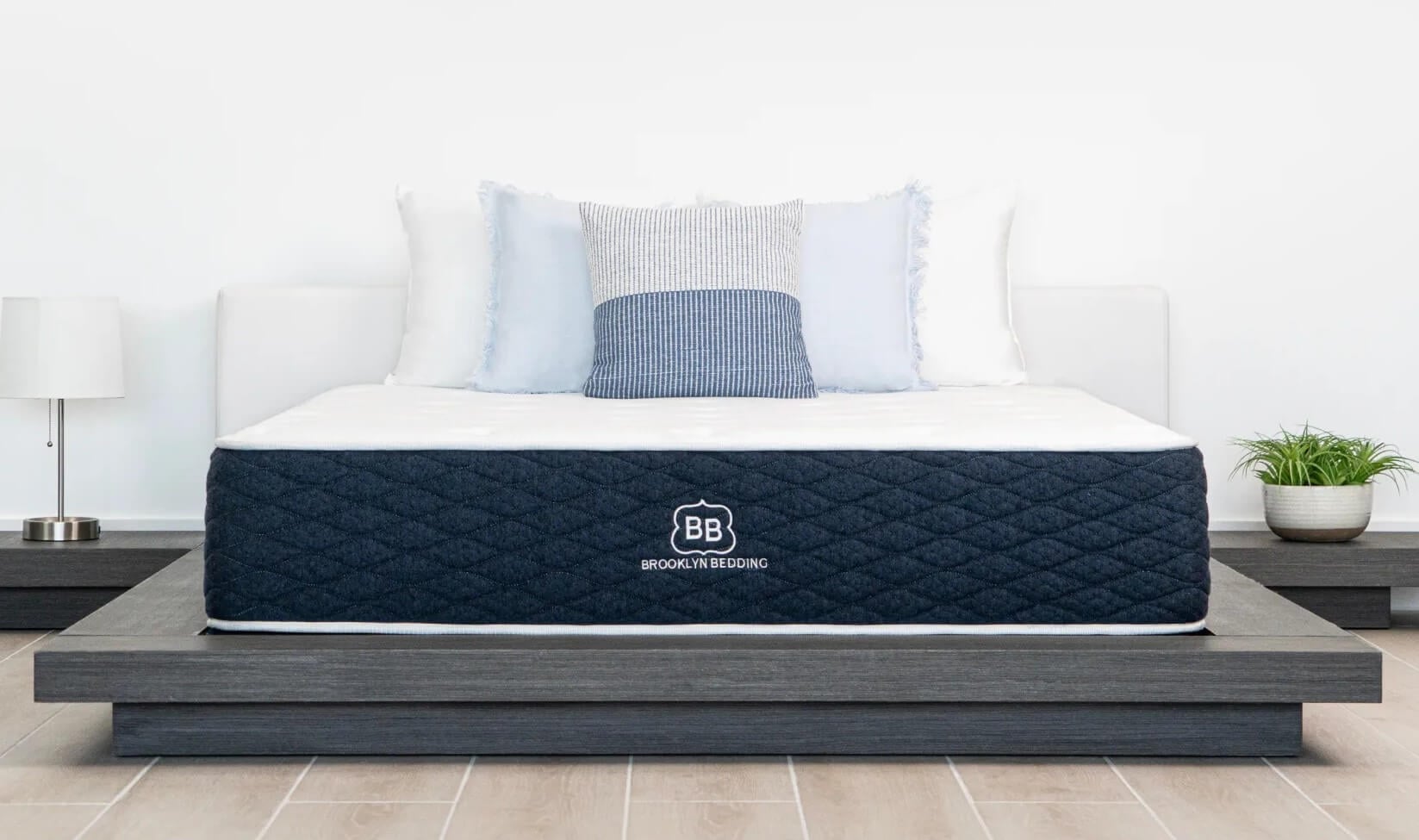
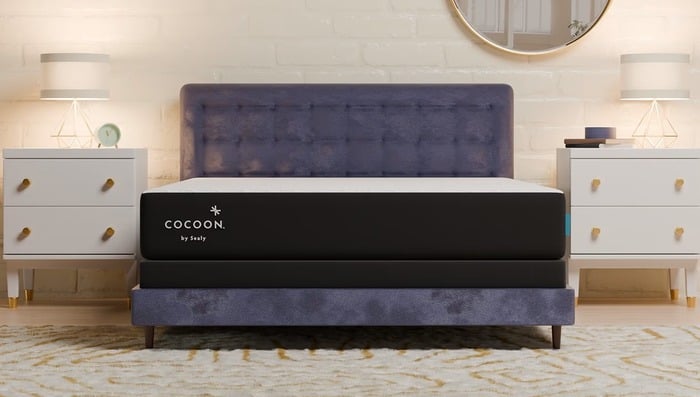

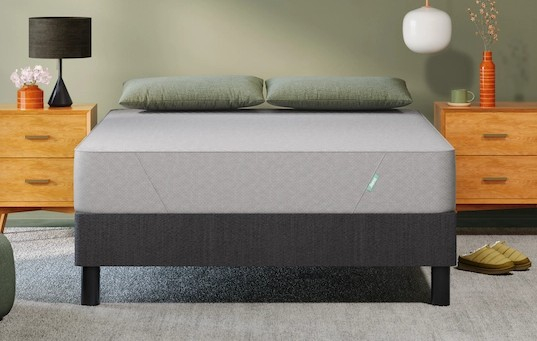
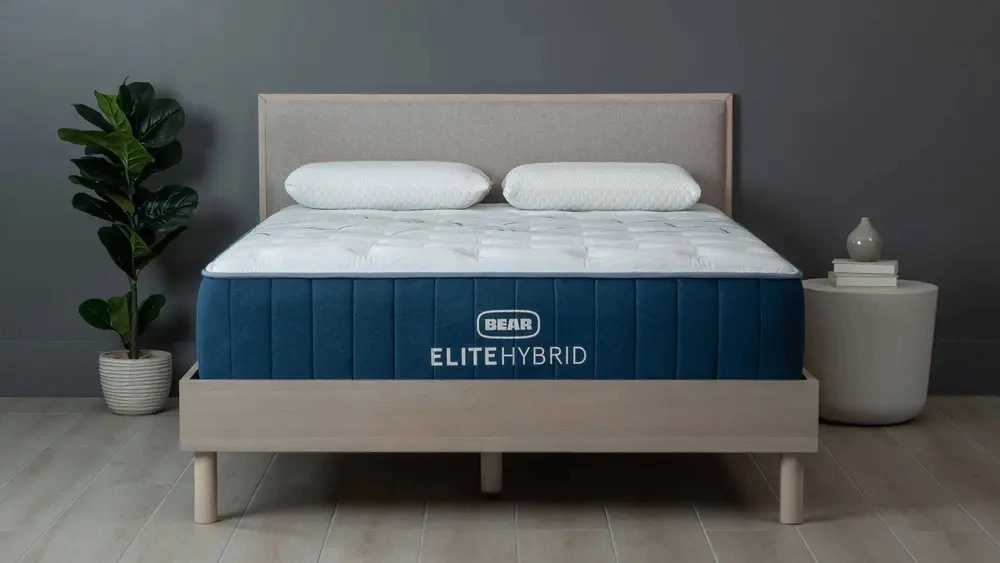
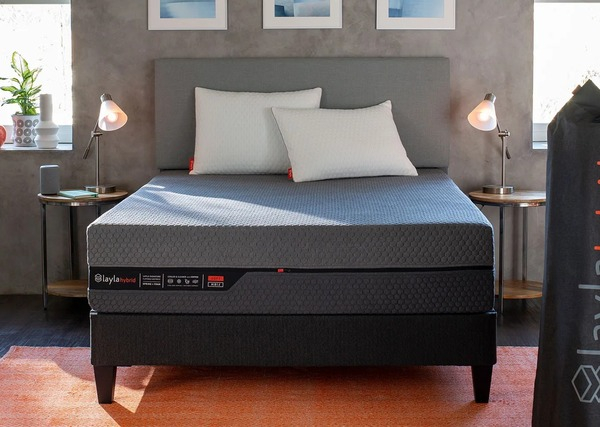
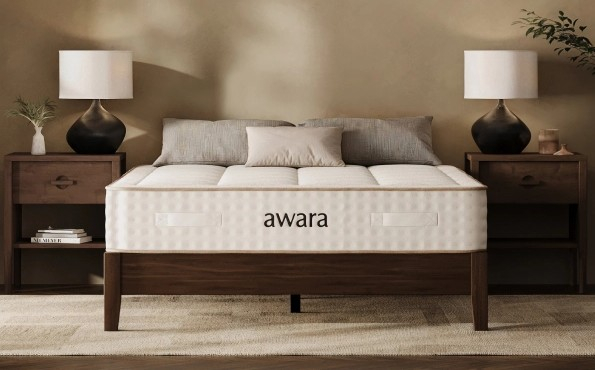
![Best Mattress Picks for Your Airbnb [Host Essentials]](https://mattressverdict.com/storage/web/source/1/cnlgzT-yWrmazUB6ptsJAtlbuMZqNabR.jpg)
![How Much to Spend on a Mattress for Your Airbnb [Budgeting Tips]](https://mattressverdict.com/storage/web/source/1/BYAQgw_7FOjSBlUvhg19PdpvCs63QF8o.jpg)
![The Best Bed Frame Selections for Your Airbnb [Hosts' Choice]](https://mattressverdict.com/storage/web/source/1/4gZROO0CUosIk19KKGtZw1KYScVBqkJh.jpg)
![Finding the Best Pillow for Your Airbnb [Comfort First]](https://mattressverdict.com/storage/web/source/1/IFJmK8L-b3fXotW5ACK8RTOtS4GZsms-.jpg)
